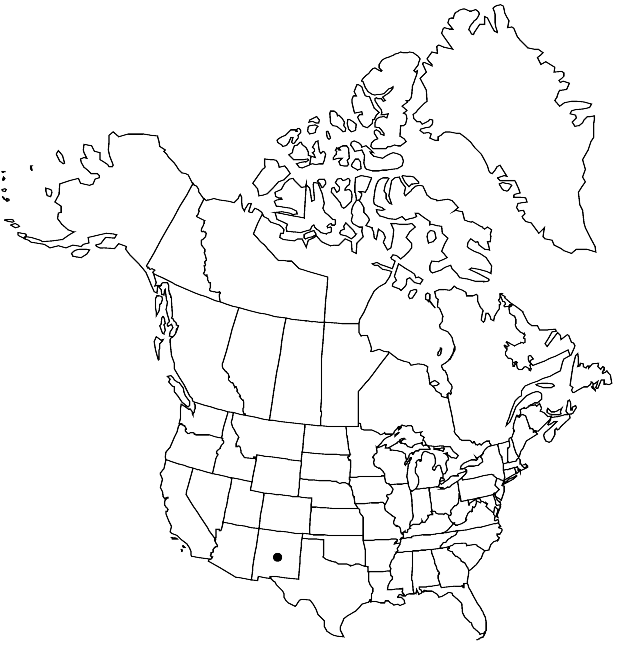Difference between revisions of "Physaria lata"
Novon 12: 325. 2002.
FNA>Volume Importer |
FNA>Volume Importer |
||
| Line 8: | Line 8: | ||
}} | }} | ||
|common_names=Lincoln County bladderpod | |common_names=Lincoln County bladderpod | ||
| − | |basionyms={{Treatment/ID/ | + | |basionyms={{Treatment/ID/Basionym |
|name=Lesquerella lata | |name=Lesquerella lata | ||
|authority=Wooton & Standley | |authority=Wooton & Standley | ||
| + | |publication_title=Contr. U.S. Natl. Herb. | ||
| + | |publication_place=16: 126. 1913 | ||
}} | }} | ||
|synonyms= | |synonyms= | ||
| Line 52: | Line 54: | ||
|publication year=2002 | |publication year=2002 | ||
|special status= | |special status= | ||
| − | |source xml=https://jpend@bitbucket.org/aafc-mbb/fna-data-curation.git/src/ | + | |source xml=https://jpend@bitbucket.org/aafc-mbb/fna-data-curation.git/src/f6b125a955440c0872999024f038d74684f65921/coarse_grained_fna_xml/V7/V7_1086.xml |
|tribe=Brassicaceae tribe Physarieae | |tribe=Brassicaceae tribe Physarieae | ||
|genus=Physaria | |genus=Physaria | ||
Revision as of 20:20, 24 September 2019
Perennials; caudex simple, (not thickened); densely pubescent, trichomes (short-stalked), several-rayed, rays distinct, furcate or bifurcate, (tuberculate, much less so over center, often nearly smooth on lower layer). Stems simple from base, spreading or erect, (unbranched), ca. 1 dm. Basal leaves: (petiole long, slender); blade elliptic to obovate, 3–4 cm, (base narrowing to petiole), margins entire. Cauline leaves (shortly petiolate); blade elliptic to obovate, 1–2 cm, margins entire. Racemes dense. Fruiting pedicels (sigmoid), 5–8 mm. Flowers: sepals narrowly elliptic or oblong, ca. 4.5 mm, (median pair thickened apically, cucullate); petals narrowly spatulate, 7–8 mm. Fruits (erect, substipitate), globose, ellipsoid, or obovoid, not or slightly compressed, 3–4 mm; valves sparsely pubescent, sometimes few trichomes inside; ovules 10–12 per ovary; style 3–5 mm. Seeds flattened.
Phenology: Flowering Apr–Jul.
Habitat: Limestone soils and rocky places, pinyon-juniper-oak woodland and montane coniferous forest
Elevation: 2100-2900 m
Discussion
Of conservation concern.
Additional research is needed to determine whether Physaria lata is a variant of P. pinetorum, with which it sometimes grows.
Selected References
None.
